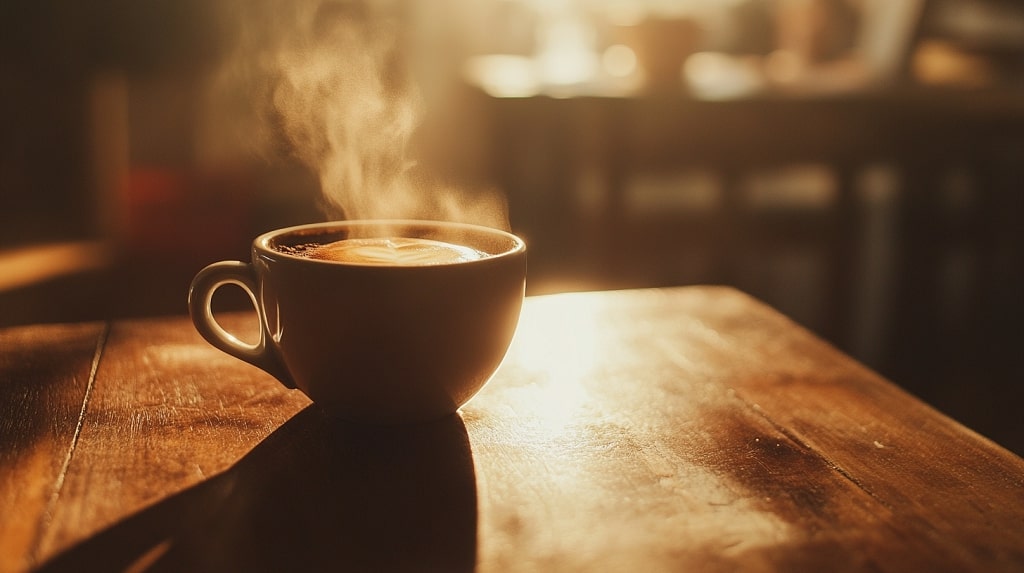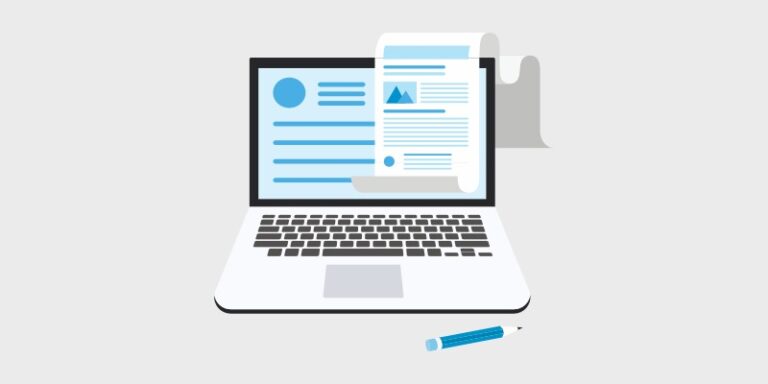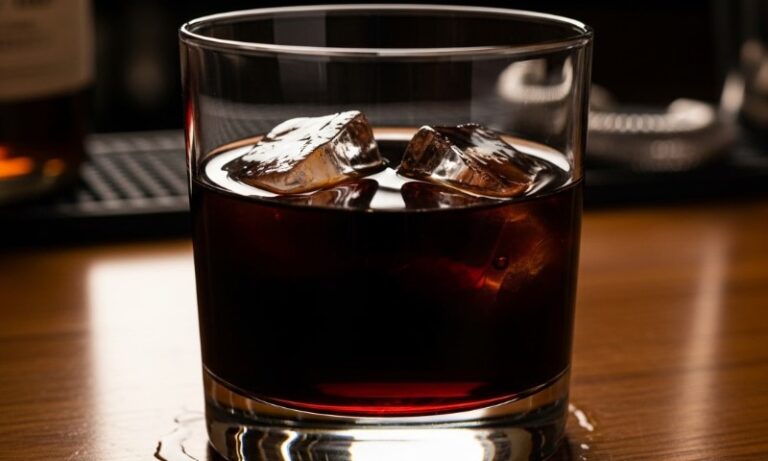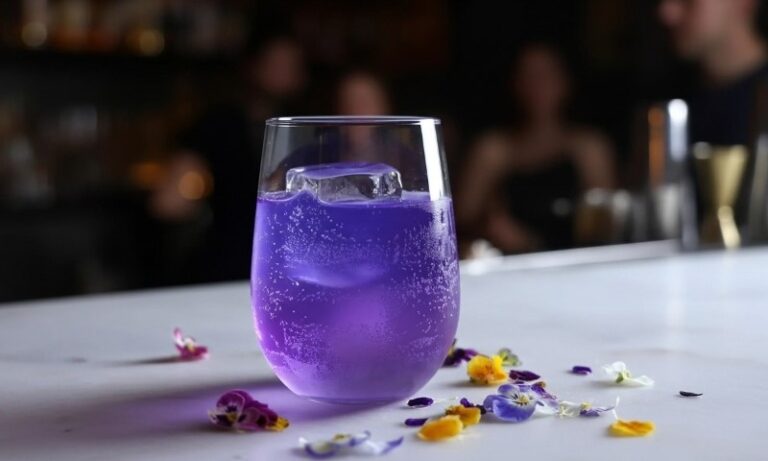Those tiny, dark shots pack a punch, both in flavor and in their reputation for delivering a caffeine boost. But how much caffeine is actually in two shots of espresso?
For anyone who relies on coffee to jumpstart their day or keep energy levels up, understanding this can be more than just interesting—it is important.
Exploring the real caffeine content not only sheds light on your daily habits but also helps you make better choices when reaching for your next coffee fix. Also, roaming around Boston and exploring all of its attractions may require extra energy which you may get from that double shot.
Table of Contents
ToggleKey Takeaways
- Two shots of espresso contain 120 to 160 milligrams of caffeine.
- Factors like bean type, roast, and brewing method impact caffeine levels.
- Double shots provide more energy but require awareness of caffeine tolerance.
Caffeine Content in Espresso

A single shot of espresso typically contains about 60 to 80 milligrams of caffeine. The variation can arise from the type of coffee bean, the roast level, and how the espresso is brewed.
Arabica beans, known for their smooth taste, generally have less caffeine than Robusta beans, which are often used in espresso blends for their strong flavor and higher caffeine content. Additionally, the darker the roast, the slightly lower the caffeine, as some caffeine is lost during the roasting process.
Espresso’s bold flavor often leads to a perception that it contains more caffeine than other coffee drinks, but this is not entirely accurate when comparing serving sizes.
The preparation method is also important. Espresso is made by forcing hot water through finely-ground coffee under high pressure. This process extracts a concentrated shot of coffee with a complex flavor and caffeine packed into a small volume.
While a single shot may seem small, its concentrated caffeine content delivers the energy boost that many coffee drinkers seek.
What About the Double Shot Espresso?
A double shot of espresso, also called a “doppio,” doubles the amount of coffee grounds used, resulting in a stronger drink. This typically means that a double shot contains around 120 to 160 milligrams of caffeine. However, this is not an exact science, as the factors affecting a single shot also apply to a double shot.
Some cafes may serve larger or slightly more diluted double shots depending on the grind size, water pressure, and extraction time. It is also worth noting that a double shot provides not just more caffeine but also a richer flavor, making it the go-to option for coffee enthusiasts who enjoy a more robust coffee experience.
While a double shot is popular for those needing an extra kick of energy, it is essential to consider individual caffeine tolerance. For some, this amount of caffeine might be too much at once, potentially leading to jitters or an upset stomach. Others might find it just right to power through a long day or intense task.
What Can Influence the Caffeine Content?

Espresso caffeine levels are shaped by several factors. Each step in the process plays a role in determining the final result, making every detail of preparation important.
- Coffee Bean Type: Arabica beans are smoother in taste but have less caffeine. Robusta beans, often found in espresso blends, contain more caffeine and deliver a stronger flavor.
- Roast Level: Lighter roasts tend to retain more caffeine than darker roasts. High heat during roasting reduces caffeine slightly, though the difference is minimal.
- Grind Size: Finer coffee grounds extract more caffeine when brewing. A coarse grind can result in a weaker espresso due to less surface area for extraction.
- Brewing Method: Espresso machines force hot water through tightly packed coffee grounds. The pressure and water contact time directly impact the amount of caffeine extracted.
- Water Temperature: Higher water temperatures can extract more caffeine, while cooler water may reduce the caffeine content. Precision in temperature ensures consistent results.
- Serving Size: Even slight variations in the amount of coffee used or the final shot size can impact caffeine levels. Accurate measurement ensures consistency.
How Much Caffeine is Safe?
Caffeine is a widely consumed stimulant, but moderation is key to avoid negative effects. Understanding how much is safe both for a single serving and across an entire day helps maintain a balance.
Daily Limit
Most health experts, including the FDA, suggest a safe daily caffeine intake of up to 400 milligrams for healthy adults. This is equivalent to about four 8-ounce cups of brewed coffee or around five to six single shots of espresso. Exceeding this limit may lead to side effects such as restlessness, insomnia, headaches, or increased heart rate.
Caffeine in a Single Serving
For a single drink, it is generally advised to limit caffeine to 100 to 200 milligrams. A single shot of espresso, containing 60 to 80 milligrams of caffeine, falls well within this range, even when doubled. However, energy drinks or specialty coffee drinks with added espresso shots can easily surpass this limit. Reading labels and knowing what is in your drink is essential.
Potential Side Effects of Caffeine

While caffeine boosts energy and focus, consuming too much can lead to various side effects. Knowing these risks helps in maintaining a safe balance.
Common Side Effects
- Restlessness and Jitters: Overstimulation of the nervous system can cause shakiness and an inability to relax.
- Increased Heart Rate: High caffeine levels may result in a rapid or irregular heartbeat.
- Insomnia: Consuming caffeine late in the day can interfere with sleep, making it harder to fall or stay asleep.
- Digestive Discomfort: Some people experience stomach issues, acid reflux, or nausea after consuming caffeine.
More Severe Reactions
- Anxiety: Excess caffeine can heighten feelings of stress or nervousness, especially in sensitive individuals.
- Dependency: Frequent use can lead to withdrawal symptoms such as headaches, fatigue, or irritability when caffeine is skipped.
- High Blood Pressure: Caffeine may cause temporary spikes in blood pressure, particularly in those with underlying conditions.
Who Should Be Careful?
- Pregnant Women: High caffeine consumption during pregnancy is linked to complications and should be limited to 200 milligrams daily.
- Children and Teenagers: Caffeine is not recommended for young people due to its stronger effects on their developing systems.
- People with Heart Conditions: Those with cardiovascular concerns should minimize caffeine intake, as it can aggravate their symptoms.
FAQs
Does Decaf Espresso Contain Any Caffeine?
Decaf espresso is not completely caffeine-free. A single shot typically contains about 3 to 12 milligrams of caffeine, depending on the decaffeination process.
Can Espresso Be Made Without a Machine?
Yes, espresso can be made using methods like a Moka pot or an AeroPress. While these methods may not produce the same level of pressure as an espresso machine, they still create a concentrated coffee similar to espresso.
Is Espresso Stronger Than Brewed Coffee?
Espresso has a stronger flavor and caffeine concentration per ounce compared to brewed coffee. However, a typical serving of brewed coffee contains more caffeine overall due to the larger serving size.
How Long Does Espresso Stay Fresh?
Espresso is best enjoyed immediately after brewing for optimal flavor and aroma. Once brewed, its quality deteriorates quickly, and it should be consumed within minutes.
Can Espresso Help Improve Athletic Performance?
Yes, caffeine from espresso can enhance physical performance by increasing alertness and reducing perceived exertion during workouts. Consuming it 30 to 60 minutes before exercise is generally considered effective.
Conclusion
Espresso is a small but powerful beverage that offers a rich coffee experience and a noticeable caffeine boost. A single shot typically contains 60 to 80 milligrams of caffeine, while a double shot provides double the kick. Factors like bean type, roast level, and brewing method influence the caffeine content, making every cup unique.
While espresso can fit comfortably within daily caffeine limits for most people, understanding your own tolerance is key. Moderation helps you enjoy its benefits without risking unwanted side effects.









